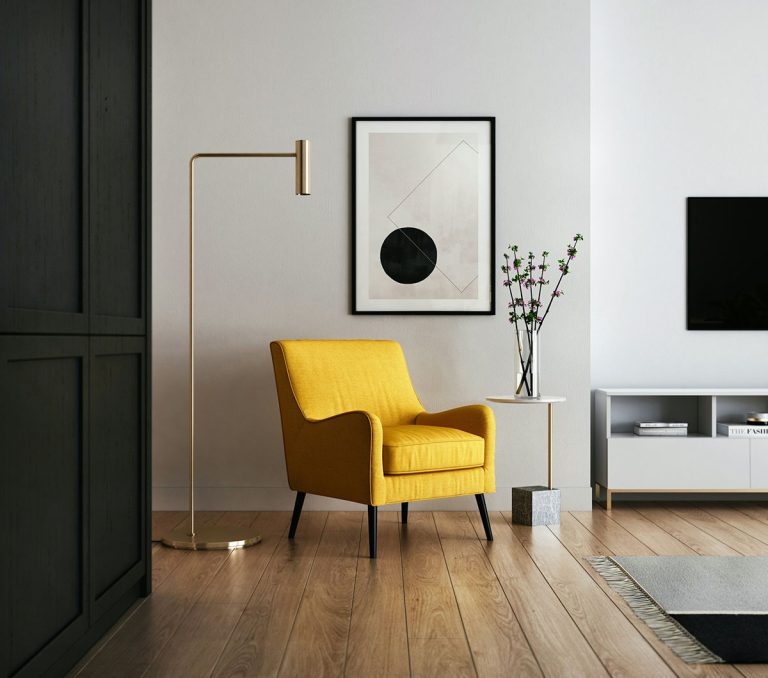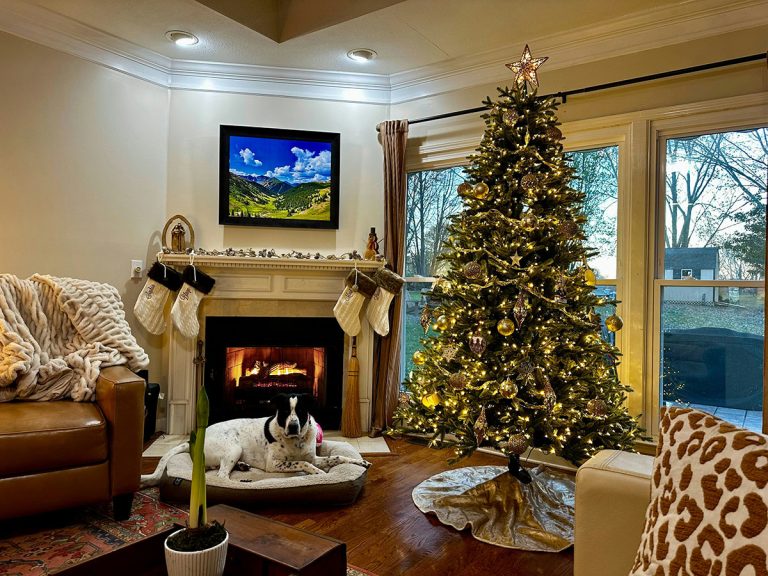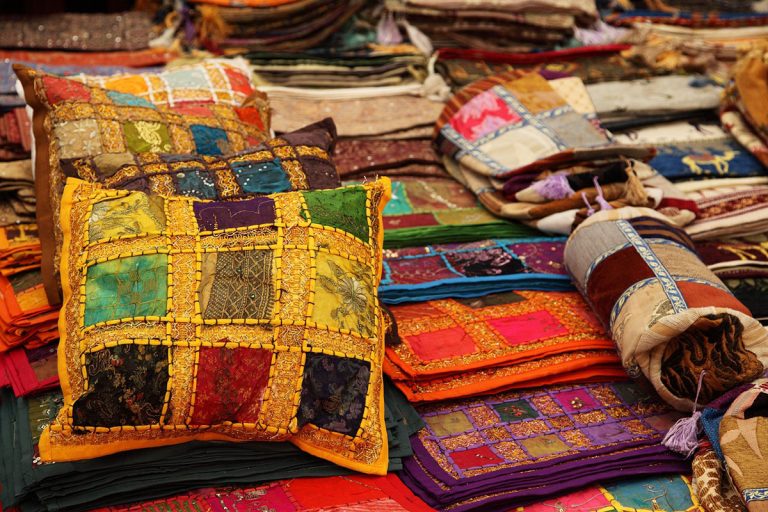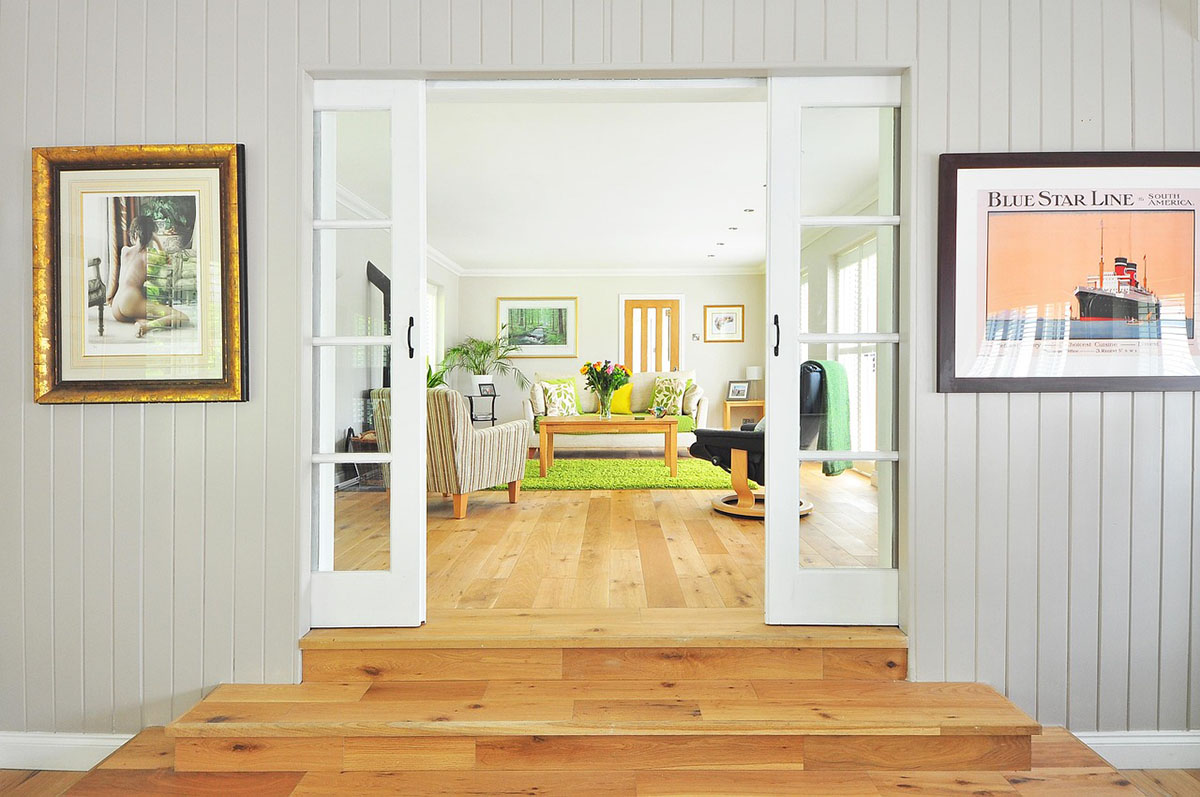
The boundaries between fashion and interior design have never been more fluid. As we witness the democratization of luxury aesthetics and the rise of lifestyle branding, fashion week runways serve as crystal balls for home décor trends that will dominate living spaces throughout 2025. From Balenciaga’s architectural silhouettes to Jacquemus’ sun-drenched palettes, the most influential fashion houses are inadvertently setting the stage for how we’ll style our homes this year.
Fashion designers have always understood that environments shape experiences, and this philosophy now extends beyond clothing into the spaces where we live, work, and create. The same design principles that make a collection cohesive – color harmony, texture contrast, proportion balance, and seasonal narrative – translate seamlessly into interior design. Smart homeowners are looking to fashion week coverage not just for wardrobe inspiration, but for the next wave of home styling innovations.
Color Stories That Define Spaces
The New Neutrals Revolution
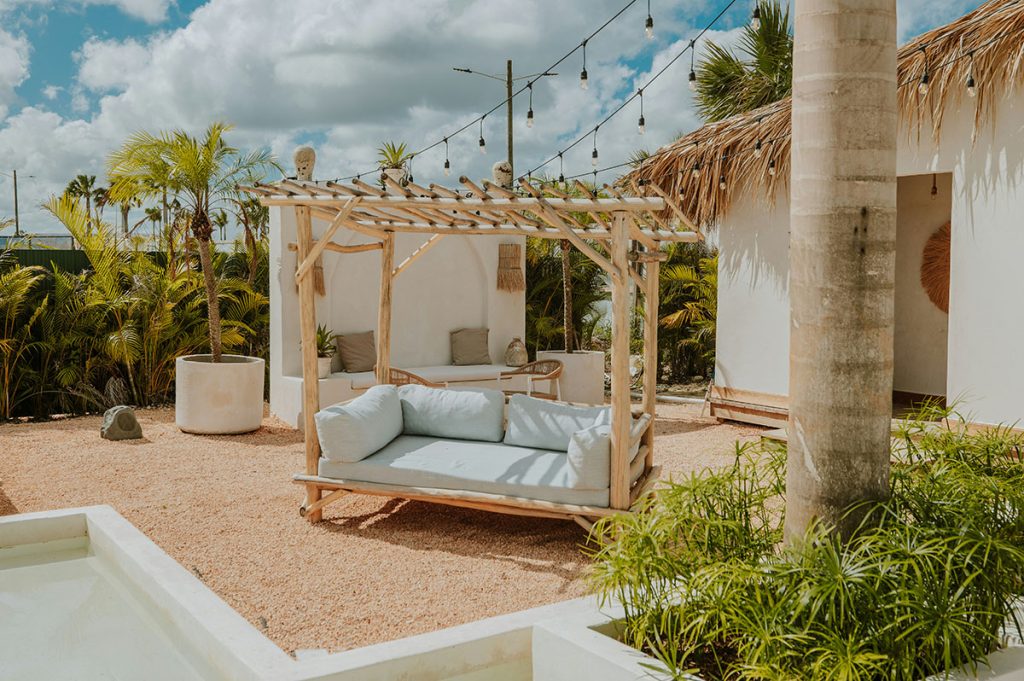
Fashion week’s departure from traditional beiges and grays has sparked a home décor revolution centered around “warm neutrals” – think mushroom grays, oat creams, and sage greens that appeared prominently in Bottega Veneta and The Row collections. These sophisticated hues create calming foundations while maintaining the understated luxury that defines contemporary fashion.
Interior applications include wall colors that shift subtly throughout the day, much like how fabric appears different under runway lighting versus natural sunlight. These nuanced neutrals pair beautifully with both bold accent pieces and minimalist accessories, providing the versatility that modern living demands.
Dopamine Color Blocking
Inspired by fashion’s “dopamine dressing” movement, home décor embraces bold color blocking that creates psychological uplift through environmental design. Jonathan Anderson’s vibrant Loewe palettes translate into living rooms where emerald green velvet sofas anchor spaces filled with coral accent walls and electric blue artwork.
This trend moves beyond traditional color coordination rules, instead focusing on emotional response and energy creation. Rooms become mood-boosting environments that reflect the same optimistic spirit seen in fashion’s most joyful collections.
Metallic Accent Integration
Fashion week’s obsession with metallic details – from Coperni’s silver mesh to Saint Laurent’s golden hardware – inspires home décor featuring strategic metallic integration. Rather than overwhelming spaces with shine, designers incorporate metals through lighting fixtures, cabinet hardware, and textile details that catch light like jewelry accents.
The key lies in mixing metal tones thoughtfully, just as fashion stylists layer different jewelry metals for sophisticated depth. Brass, copper, and pewter create warmth, while chrome and silver add contemporary edge to traditional spaces.
Texture and Fabric Innovation
Boucle Beyond Fashion
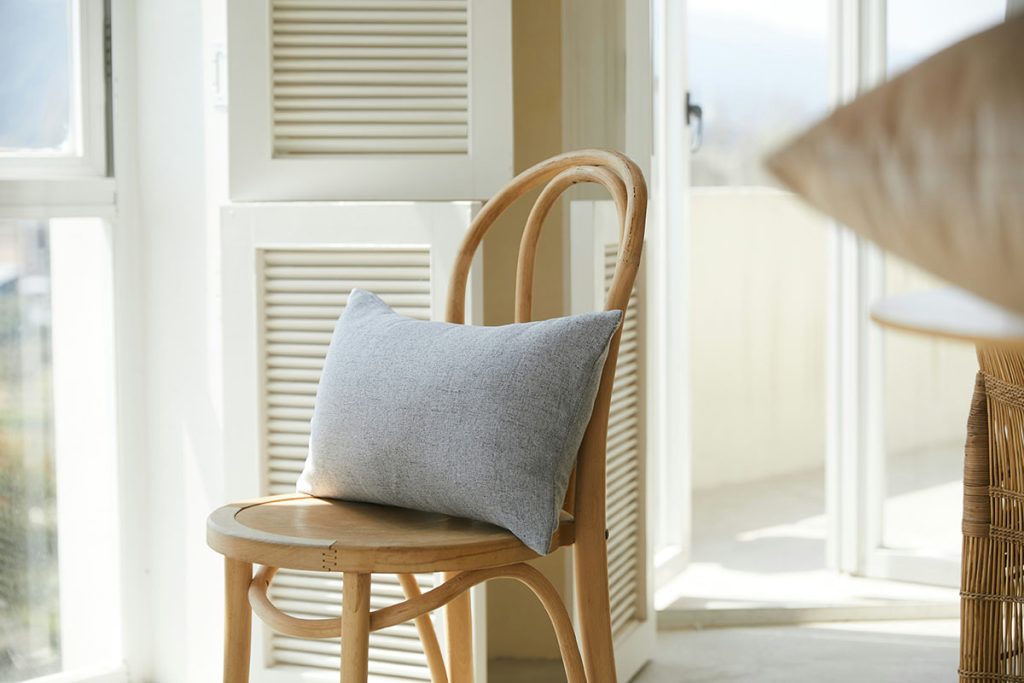
Chanel’s signature boucle fabric has transcended fashion to become 2025’s most coveted home textile. The fabric’s dimensional texture adds visual and tactile interest to furniture upholstery, throw pillows, and even wall coverings. Unlike flat fabrics, boucle’s varied surface creates shadow and light play that adds architectural interest to simple spaces.
Modern boucle applications include oversized ottomans that serve as coffee tables, accent chairs that become statement pieces, and custom headboards that bring luxury hotel aesthetics into bedroom spaces. The fabric’s durability makes it practical for high-use furniture while maintaining its couture origins.
Architectural Pleating Details
Inspired by Issey Miyake’s innovative pleating techniques and their influence on contemporary fashion, home textiles now feature architectural pleating that creates movement and dimension. Window treatments with geometric pleating patterns filter light while creating dramatic shadow displays throughout the day.
Pleated upholstery on dining chairs, lamp shades with accordion-style details, and room dividers featuring fabric origami techniques bring fashion’s structural innovation into living spaces. These details add sophistication without requiring complete room overhauls.
Faux Fur Luxury Statements
Fashion week’s sustainable luxury movement embraces high-quality faux fur that translates beautifully into home accessories. Throws, pillows, and area rugs in realistic faux fur provide texture contrast and comfort while aligning with contemporary values around ethical luxury.
The key to successful faux fur integration lies in treating it as a luxury accent rather than overwhelming theme. One statement faux fur throw can transform a minimalist sofa into a cozy sanctuary that reflects both comfort and conscious consumption values.
Pattern and Print Innovation
Abstract Art Print Translation
Fashion’s embrace of wearable art – seen prominently in Dries Van Noten and Marni collections – translates into home décor through abstract print wallpapers, area rugs, and textile art pieces. These patterns bring gallery-worthy sophistication into residential spaces while maintaining the wearability factor that makes fashion prints successful.
Abstract prints work particularly well in transition spaces like hallways and powder rooms, where bold pattern statements can be appreciated without overwhelming daily living areas. The same prints that work on runway pieces create stunning accent walls or statement furniture pieces.
Micro-Pattern Sophistication
Small-scale geometric patterns that appeared in luxury fashion houses now influence home textile design. These subtle patterns add visual interest without dominating spaces, much like how well-designed fashion prints enhance rather than overwhelm silhouettes.
Applications include custom window treatments, upholstery for secondary seating, and decorative pillows that add pattern interest to neutral furniture foundations. The sophistication lies in the scale – patterns large enough to appreciate but small enough to live with comfortably.
Heritage Pattern Modernization
Traditional patterns receive contemporary updates through unexpected color applications and scale modifications, following fashion’s approach to revitalizing classic motifs. Paisley, toile, and damask patterns appear in fresh colorways that honor heritage while embracing modernity.
These updated classics work beautifully in formal dining rooms, traditional libraries, and sophisticated bedroom spaces where pattern tradition meets contemporary color sensibilities.
Architectural Silhouettes and Form
Curved Line Dominance
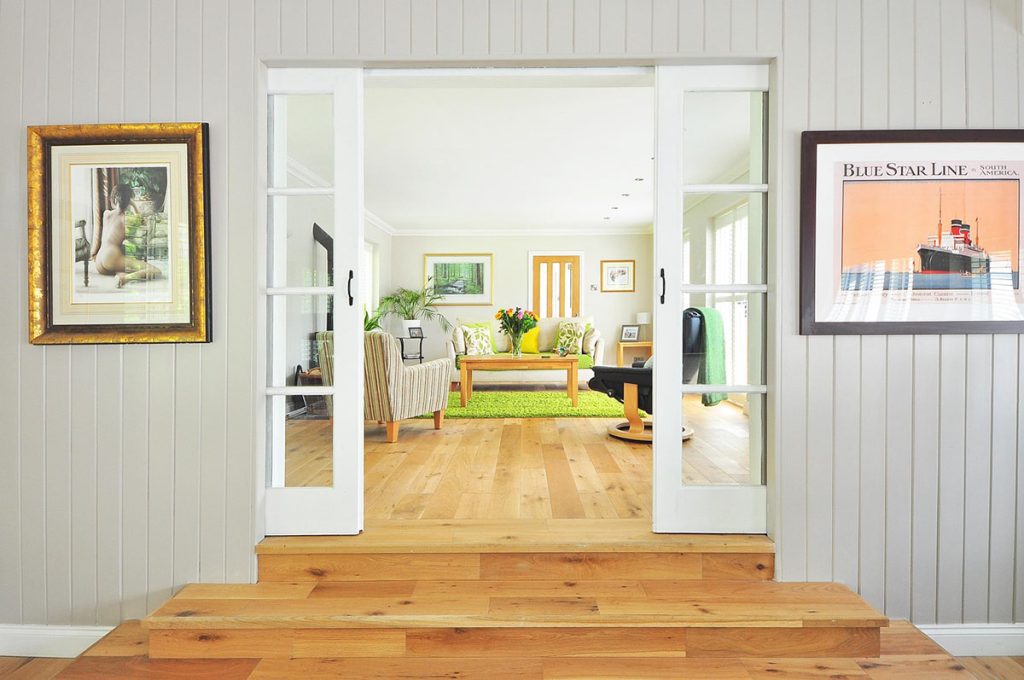
Fashion’s embrace of curved silhouettes – from Jacquemus’ rounded shoulders to Bottega Veneta’s soft edges – influences furniture design featuring organic shapes that soften architectural spaces. Curved sofas, round dining tables, and arched doorways create flowing environments that mirror fashion’s move away from harsh geometric lines.
These soft silhouettes work particularly well in contemporary spaces where architectural elements might feel cold or stark. Curved furniture pieces add warmth and approachability while maintaining sophisticated design credentials.
Oversized Statement Pieces
Fashion week’s dramatic proportions translate into home décor through oversized furniture pieces that command attention like statement runway pieces. Massive floor lamps, oversized artwork, and substantial coffee tables create focal points that anchor spaces with confident presence.
The key to successful oversized integration lies in balancing scale carefully – one major statement piece per room, supported by appropriately scaled secondary elements that don’t compete for attention.
Minimalist Structural Elements
Fashion’s architectural minimalism inspires home design featuring clean lines, strategic negative space, and purposeful material selection. This aesthetic focuses on quality over quantity, much like investment fashion pieces that define sophisticated wardrobes.
Minimalist applications include floating staircases, hidden storage solutions, and furniture pieces with clean geometric forms that serve function while maintaining artistic integrity.
Material Innovation and Sustainability
Sustainable Material Showcase
Fashion week’s sustainability focus translates into home décor through innovative eco-friendly materials that don’t compromise aesthetic quality. Recycled metals, sustainable woods, and plant-based textiles provide luxury appearances while supporting environmental responsibility.
These materials often feature unique textures and color variations that add character to spaces while telling meaningful stories about conscious consumption and environmental stewardship.
Technology Integration
Smart fabrics and responsive materials from fashion innovation find home applications through color-changing textiles, temperature-responsive furniture, and interactive surface materials that adapt to daily routines and environmental conditions.
This technology integration focuses on enhancing comfort and functionality rather than showcasing innovation for its own sake, following fashion’s approach to meaningful technology adoption.
Styling and Layering Techniques
Seasonal Styling Rotation
Fashion’s seasonal approach inspires home décor strategies that rotate accessories, textiles, and color accents seasonally while maintaining core furniture investments. This approach keeps spaces fresh while maximizing budget efficiency.
Seasonal rotation might include changing throw pillow covers, rotating artwork, and adjusting lighting to reflect seasonal mood changes and fashion’s cyclical energy.
Mixed-Era Integration
Fashion’s talent for mixing vintage and contemporary pieces translates into home styling that combines antique furniture with modern accessories, creating spaces with personal history and contemporary relevance.
This mixing approach prevents spaces from feeling too themed or obviously decorated, instead creating environments that feel collected and personally meaningful over time.
Frequently Asked Questions
Q: How do I incorporate runway trends without making my home look like a fashion showroom?
A: Start with one trend per room and focus on subtle applications like textiles, colors, or small accessories rather than major furniture changes.
Q: Are fashion-inspired home trends practical for everyday living?
A: Yes, focus on trends that enhance comfort and functionality while adding style, like color psychology and texture mixing for both beauty and livability.
Q: How often should I update my home décor to reflect current fashion trends?
A: Treat major trends like seasonal wardrobe updates – change accessories and accents seasonally while investing in timeless foundation pieces.
Q: Can I mix multiple fashion week trends in the same space?
A: Yes, but limit yourself to 2-3 trends per room and ensure they share common elements like color palette or aesthetic mood for cohesion.
Q: What’s the best way to test fashion trends in my home before committing?
A: Start with removable elements like pillows, throws, or artwork that can be easily changed if the trend doesn’t work for your lifestyle.
